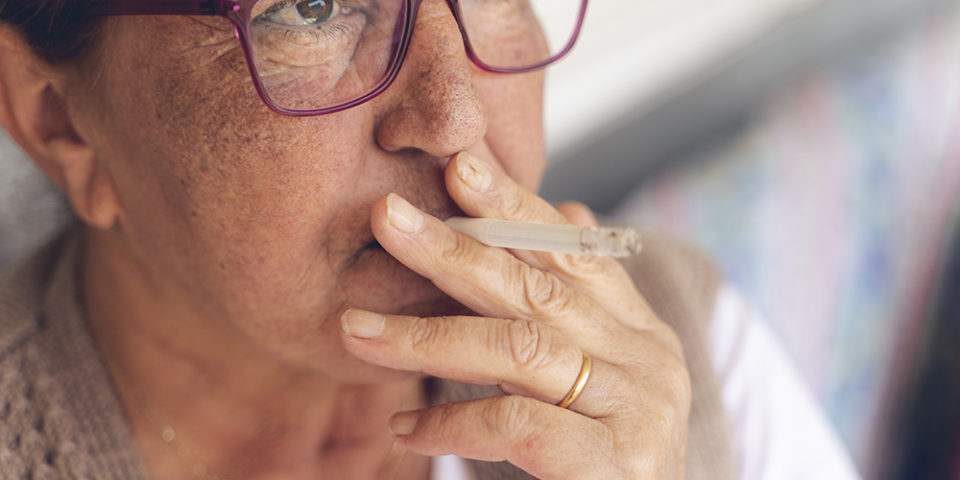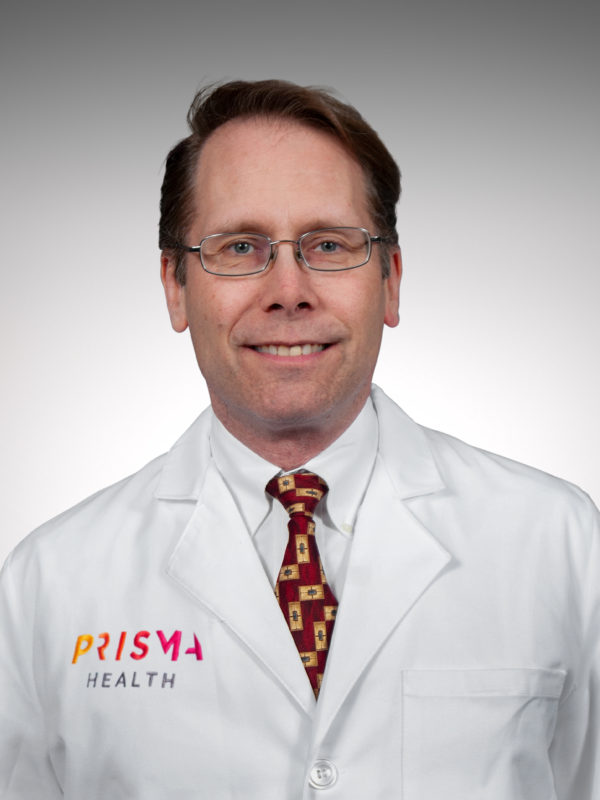Should I get a lung cancer screening?
Most people have heard of screenings such as mammograms and colonoscopies, but did you know there’s a screening for lung cancer? Jeffrey Hanna, MD, explained the benefits and risks of lung cancer screening.
Why get a lung cancer screening?
Lung cancer is the leading cause of cancer deaths in the United States and worldwide. Most lung cancers are caught late in the disease when they’re harder to treat.
“If caught early, lung cancers can be cured through surgery alone, depending on several factors, but as a general rule, the earlier the better,” Dr. Hanna said.
Who’s eligible for lung cancer screening?
The Centers for Medicare and Medicaid Services recommends lung cancer screenings for people who meet the following criteria:
- Are between ages 50 and 77 years old.
- Have at least a 20-pack year history of smoking. This means, over the course of your life, you’ve averaged a pack a day for 30 years.
- Are currently smoking or quit within the past 15 years.
- Have no lung cancer symptoms such as coughing up blood and shortness of breath.
What does a lung cancer screening look for?
“We look for any abnormalities, but, specifically, we look for pulmonary nodules,” Dr. Hanna said. “A nodule on a CAT scan shows up like a shadow. We look at the size and number of nodules, and then we use standards from the American College of Radiology to classify those nodules.”
What does the screening involve?
The screening is a non-contrast CT scan, so patients do not have to have any type of special IV fluid, and they don’t have to eat or drink anything special. Once the patient is positioned on the table, the scan takes about three minutes.
“When you go through a CT scanner, it kind of looks like a big doughnut with a small table that you lay on,” Dr. Hanna said. “Either the doughnut goes over you, or you go through that doughnut, so to speak.”
Generally, you do not have to wear a hospital gown but can wear your street clothes.
Are there potential risks to the screening?
The biggest risk would be a false positive. “That means there might be something on the scan we’re not quite sure is cancer, and so that drives further diagnostic testing,” Dr. Hanna said.
Other risks include:
- Expense
- Anxiety for the patient
- Additional interventions that may have side effects
How do you decide if the screening is right for you?
“We have what’s called a shared decision-making conversation with the patient to make sure they understand the potential issues up front,” Dr. Hanna said. “And then if we find abnormalities on the scan, what we might consider doing. This is discussed before we send the patient for the scan.”
Bottom line
Dr. Hanna said people need to understand their stratified risk, which is generally based on their years of smoking and other potential comorbidities.
“And if they’re still smoking, I really want them to stop smoking and assist them in getting into a smoking cessation program that is right for them.”
Find a doctor
Whether you’re looking for a primary care physician or need to see a specialist, we’re here to help with experienced, compassionate care near you.
Find a Doctor

